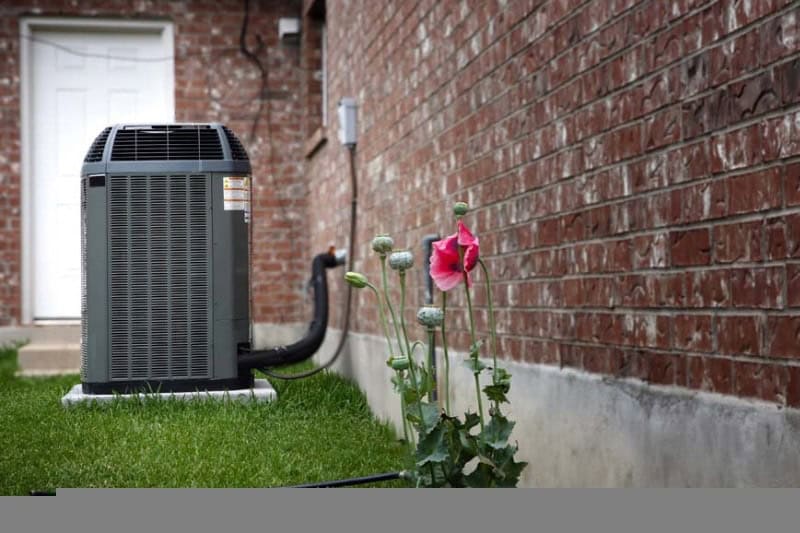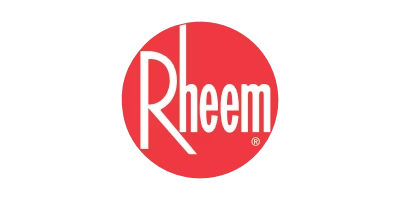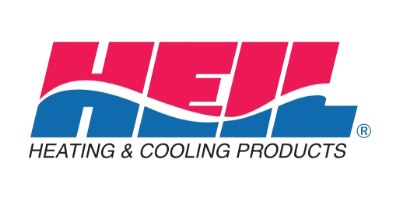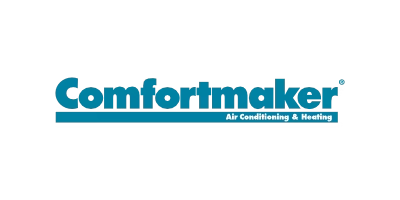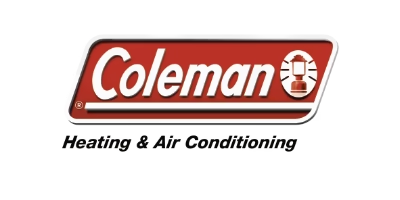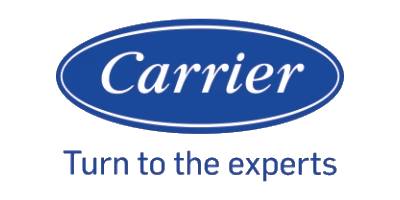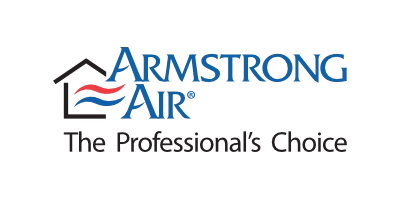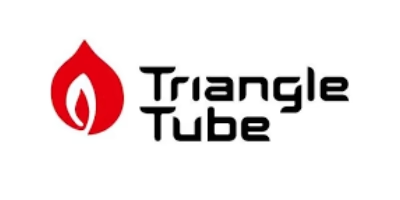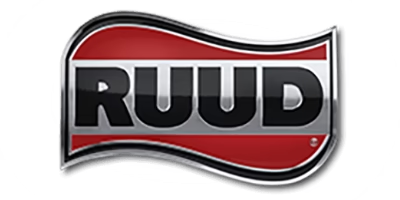As a homeowner here in Oregon, it’s always a good idea to learn as much as you can about your appliances. That means knowing their basic operations, what features are included, and if any necessary upkeep is involved. Needless to say, this is no exception for your air conditioning (AC) unit.
How It All Began
The modern air conditioner is designed to transfer cool air throughout your home to keep you comfortable during the year’s hottest months. This marvel was originally invented in 1902 by Willis Haviland Carrier. He developed the air conditioner to solve a humidity problem at a printing plant in Brooklyn, New York, and was ultimately credited with creating a system of chilled coils to maintain a constant temperature.
Today, the Energy Information Administration (EIA) reports that 87 percent of homes in the United States use air conditioners and account for nearly 12 percent of total energy costs each year. That’s why we at Robben and Sons in Clackamas want you to know all about your cooling system and what it takes for your trusted investment to keep running efficiently for years to come.
How It Works
As a consumer, it’s important to understand the key elements of your cooling system, and that starts with knowing your air conditioner’s five main functional components and how they work together:
1. Compressor—the key to refrigerant conversion
Working like a pump inside your unit, this is often considered the “heart” or “engine” of your air conditioner. The compressor is located in the outdoor portion of your system, which is referred to as the condenser. Once the system is activated by your thermostat, the compressor starts to pull in a low-temperature, low-pressure refrigerant in gas form from your system. The gas is then compressed to a higher pressure and temperature before being released to the condenser coil.
2. Condenser—outdoor coil
The condenser coil is also located in the outdoor portion or your system. It’s made up of a piping sequence with thousands of small fins on it. The refrigerant runs through this coil after exiting the compressor. A fan pulls outside air across the coil to remove the heat from the refrigerant with the assistance of the fins for maximum heat dispersement. This process causes the refrigerant to convert back to a high-pressure liquid state prior to entering the expansion valve.
3. Expansion valve—mechanical component regulating refrigerant
This critical part of the system is responsible for controlling the conversion and amount of refrigerant passed through to the evaporator. This is typically located on the indoor portion of your system. High-pressure liquid refrigerant is forced through a small orifice in the valve that causes the pressure reduction as it passes through. The refrigerant expands to a liquid/vapor mix at this point that’s allowed to enter the evaporator coil.
4. Evaporator—indoor coil
The evaporator is a series of piping creating another coil that the liquid/vapor refrigerant passes through and absorbs the heat from the air passing over it. This lowers the temperature of the air that is then distributed throughout your home by way of its ductwork, lowering the temperature throughout the space. The cycle continues when the refrigerant makes its way back to the compressor to keep the air in your home regulated to the desired temperature setting on your thermostat.
5. Blower—indoor fan
The blower is a fan that pulls warm air through the air filter in the return ductwork. It pushes that air over the evaporator coil to be distributed via your ductwork throughout your home.
In addition to cooling your home, an air conditioner can also help address humidity in your home by humidifying and dehumidifying. Some units include a moisture collection pan that absorbs the moisture from the air as the refrigerant absorbs heat.
Call Us Today About Your Air Conditioner
If you have any questions about your air conditioner or would like to schedule service or maintenance for your system in Clackamas, OR, call our Robben and Sons experts at 503-238-HEAT (4328) or request service online today.


